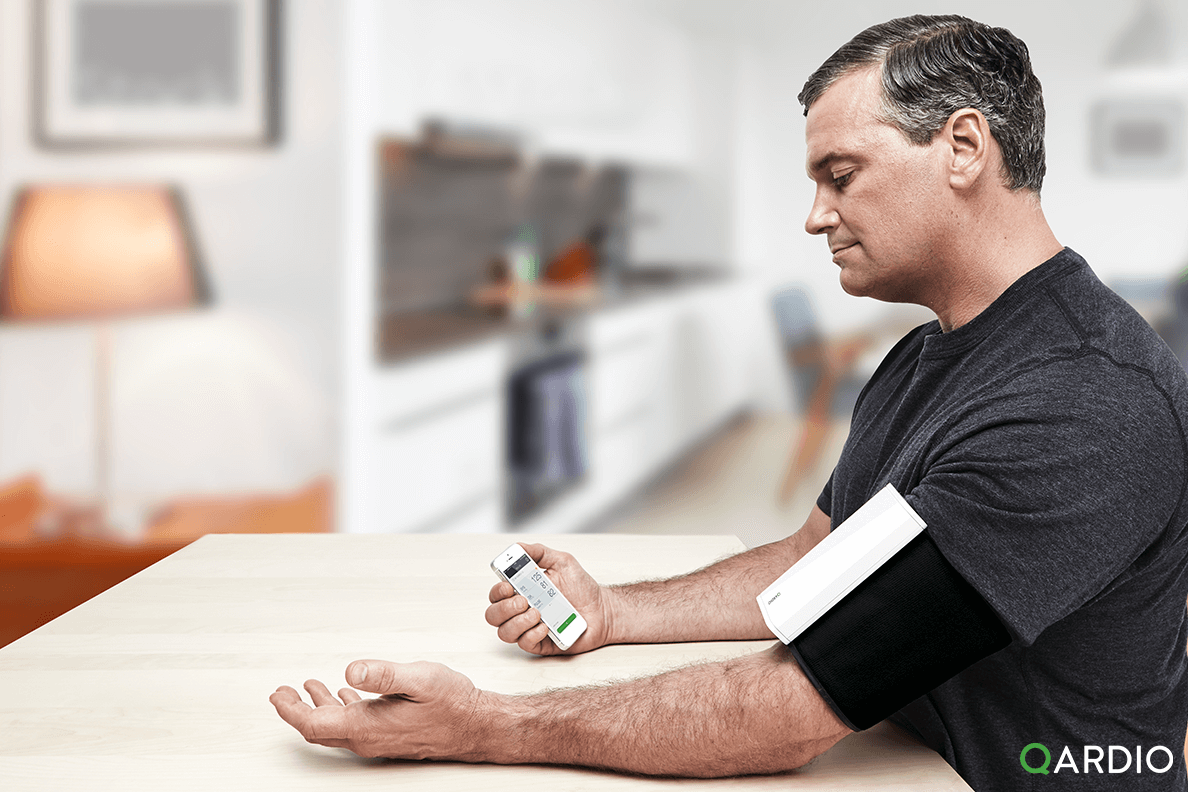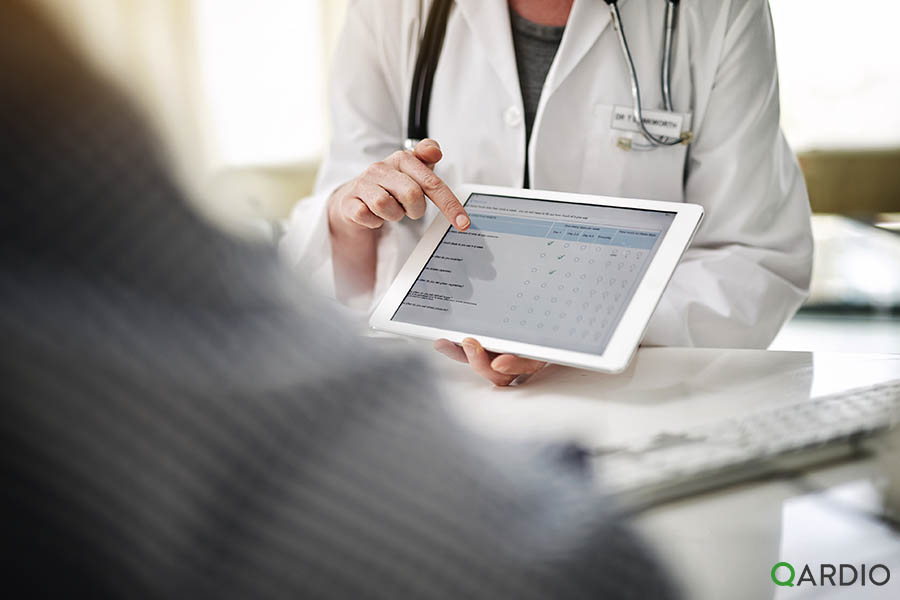Remote patient monitoring (RPM) has evolved in recent years and has been adopted by care providers and patients more so since the COVID-19 pandemic. In fact, The Business Insider estimates that 30 million U.S patients will use RPM by 2024.
RPM improves blood pressure control in hypertensive patients
A study carried out by British researchers examined 1,000 adults with poorly controlled blood pressure higher than 140/90 mm Hg when the study began. After one year of self-monitoring their blood pressure, they were able to reduce their average systolic blood pressure by -3.5 mm Hg, whereas patients in standard care were not able to reduce their systolic blood pressure at all.
Research has also shown that home blood pressure monitoring (HBPM) can improve patient outcomes in the long-term. A recent study published in the Journal of the American Heart Association in 2020 examined 2590 patients who had a mean blood pressure of 151.8/85 mm Hg. After one year of self-monitoring their blood pressure, they achieved 33.9% blood pressure control, and over 5 years, 39%. As a result, care providers should consider continuing home blood pressure monitoring with their patients beyond one year to improve blood pressure control.
HBPM is a useful tool for patients with uncontrolled hypertension and recommended by multiple major guidelines including the National Institute for Health and Care Excellence (NICE). There are many benefits for patients to monitor their blood pressure at home remotely; it encourages self control, helps to track treatment, cuts health costs and can reduce a hypertensive patient’s blood pressure.
RPM reduces hospital readmissions related to heart failure
Hypertension is a major risk for heart failure. Currently, the 30-day hospital readmission rate for heart failure patients in the United States is 23%. While some hospital readmissions are unavoidable, in most cases, the patient is readmitted due to a medical concern that could be avoided, for example, a spike in blood pressure. In fact, a study held by Mount Sinai Health System in 2019 showed that patients enrolled in a remote patient monitoring program were able to reduce their 30-day hospital readmission rate by 13%. Further studies demonstrate that when RPM is used, hospital readmissions related to heart failure are reduced by 64%.
The use of remote monitoring devices such as wireless blood pressure monitors, can instantly provide patients with a blood pressure reading from home, which can be shared with their care provider. In this way, care providers can quickly intervene and adjust treatment where necessary and the patient can stay at home and avoid being unnecessarily readmitted to hospital.
Remote patient monitoring with Qardio
RPM improves patient outcomes. It enables patients with chronic conditions to remotely measure their health from home using medical devices, while care providers can view and analyze the health data from their practice. With Qardio, patients can monitor their blood pressure frequently from home using QardioArm, a wireless blood pressure monitor, while care providers can instantly receive these results using Qardio’s remote patient monitoring system QardioMD.
To learn more how RPM with Qardio works, speak with a product expert here.
Sources:
Business Insider
National Institute for Health and Care Excellence (NICE)
The Lancet
Nature – Hypertension Research
Journal of the American Heart Association
JMIR Publications – Advancing Digital Health and Open Science
Plos One Journals


